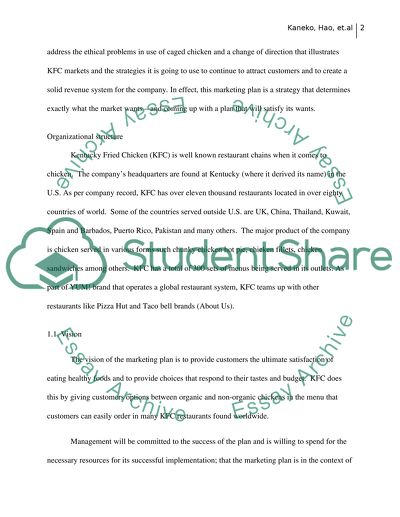Cite this document
(“Project Managing Marketing Essay Example | Topics and Well Written Essays - 3250 words”, n.d.)
Retrieved from https://studentshare.org/environmental-studies/1405009-project-managing-marketing
Retrieved from https://studentshare.org/environmental-studies/1405009-project-managing-marketing
(Project Managing Marketing Essay Example | Topics and Well Written Essays - 3250 Words)
https://studentshare.org/environmental-studies/1405009-project-managing-marketing.
https://studentshare.org/environmental-studies/1405009-project-managing-marketing.
“Project Managing Marketing Essay Example | Topics and Well Written Essays - 3250 Words”, n.d. https://studentshare.org/environmental-studies/1405009-project-managing-marketing.


